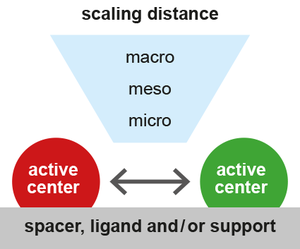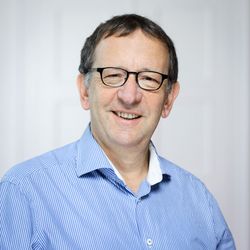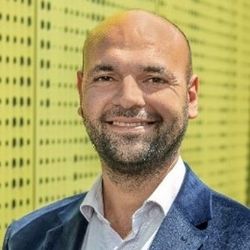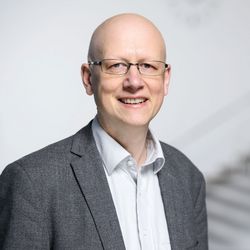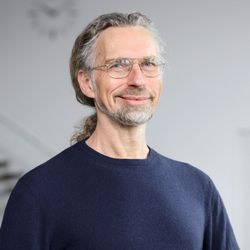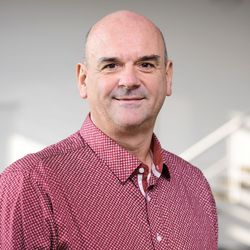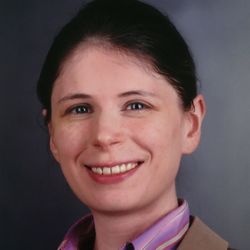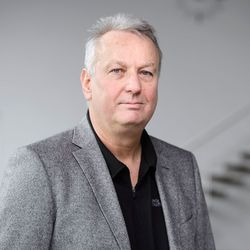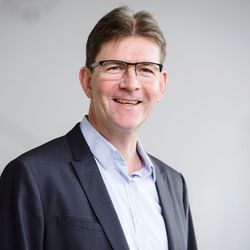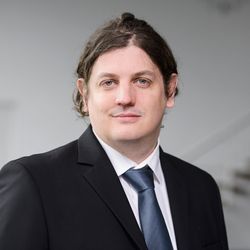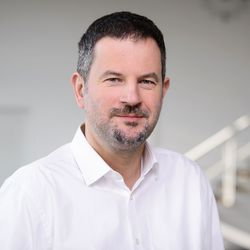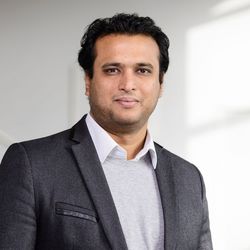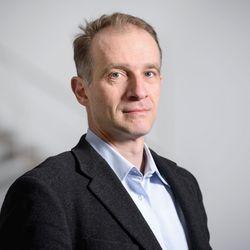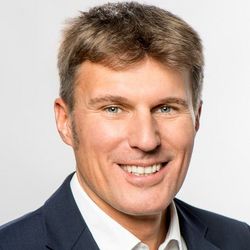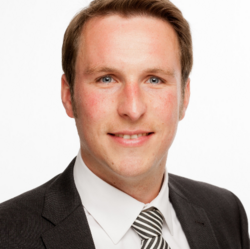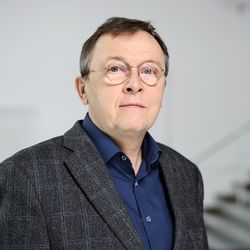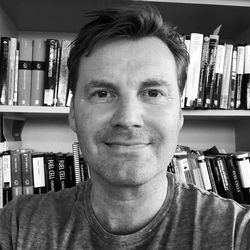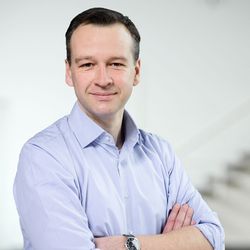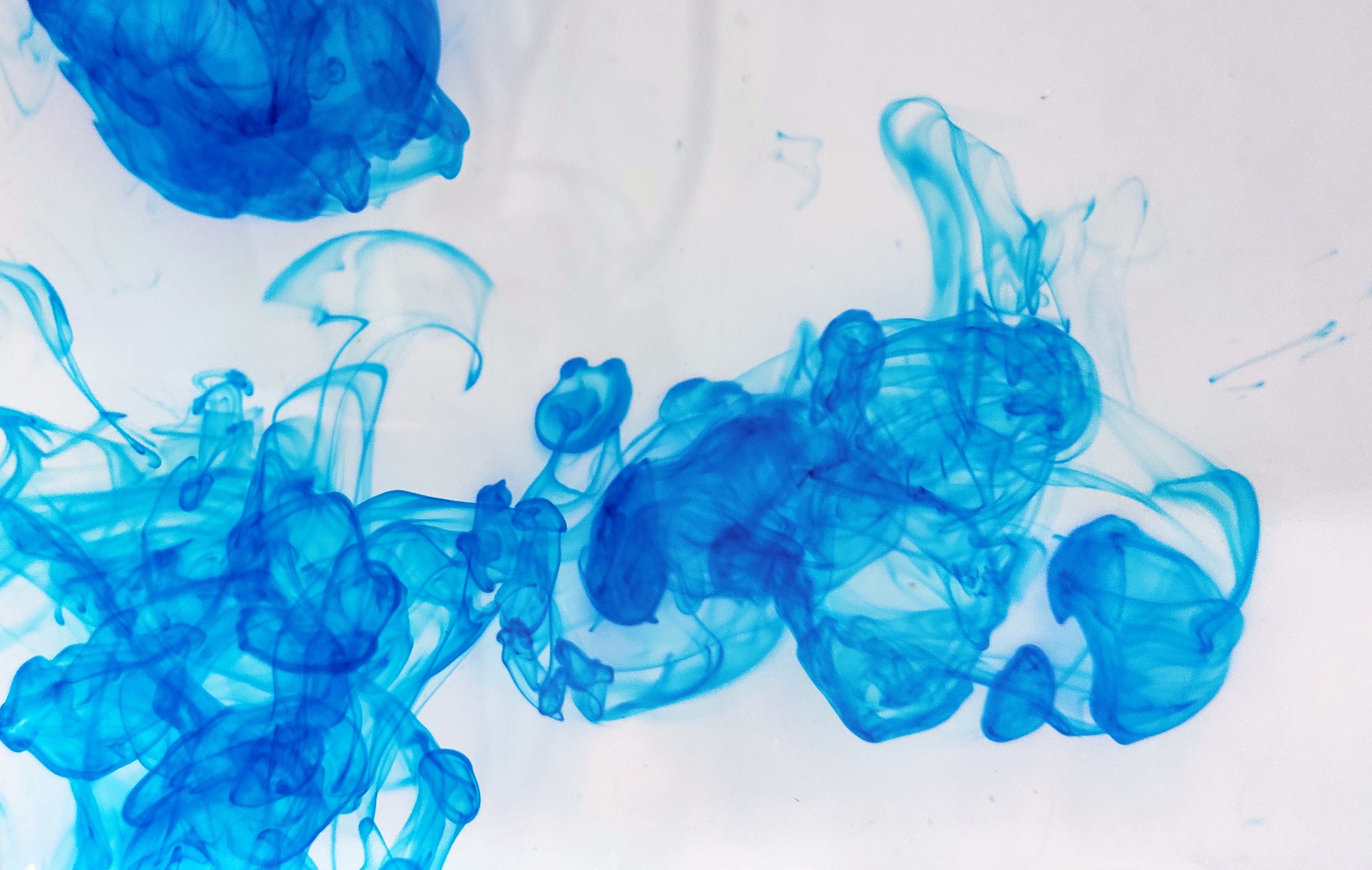

Unit A: Coupled chemocatalytic reactions
Our Challenge
Design and control of the synergistic effects between two or more chemocatalytically active sites.
Our Approach
We aim to understand how exactly coupling works in a catalytic system: we need to identify the decisive parameters that control synergistic effects in a system. In a next step, our goal is to design catalytic systems in which we precisely control the coupling of different catalytically active sites. Therefore, we will explore new synthetic strategies for combining two or more catalytically active sites in a defined manner:
- Single atomic sites in solutions
- Supported on solids
- Arrays of deposited nanoparticles
We analyze whether precise control over spatial and temporal coupling of these sites makes it possible to switch on or off consecutive catalytic reactions which are otherwise hardly achievable.
For instance, cooperativity or communication between single atomic centers will be predetermined by distance control in complexes of two atoms of main-group elements or transition metals.
Whereas closely spaced reactive sites may involve synergistic effects, increasing the separation might favor uncommon molecular coordination modes in bond activation, thereby enabling distinct consecutive reaction pathways and/or selectivities in coupled catalytic reactions.
Team of Unit A
Markus Antonietti
Colloid and polymer chemistry, synthesis of electrode materials
Majd Al-Naji
Biorefinery and sustainable chemistry, green chemistry
Thomas Braun
Metal organic chemistry, late-metal catalysis
Holger Dau
X-ray spectroscopy
Matthias Driess
Organometallic chemistry, ligand design
Franziska Hess
Catalyst degradation, kinetic Monte Carlo simulations
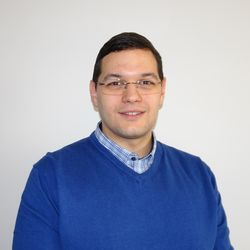
Walid Hetaba
Analytical Electron Microscopy, Automation in Electron Microscopy
Christian Limberg
Ligand design, small molecule activation
Sebastian Matera
Multiscale modeling
Martin Oestreich
Organic synthesis, ligand design, FLP
Kallol Ray
Lewis acid cooperation, mechanism
Jens-Uwe Repke
Reactive flow simulation, CFD, mass transport
Karsten Reuter
Predictive-quality multiscale materials modeling
Michael Römelt
Computational chemistry, theoretical spectrocopy
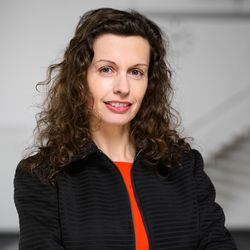
Beatriz Roldan Cuenya
Surface science, nanoparticles, electrochemistry
Reinhard Schomäcker
Catalyst performance, kinetic studies, reactor design
Peter Strasser
Electrochemistry, CO2 activation
Arne Thomas
Materials synthesis

